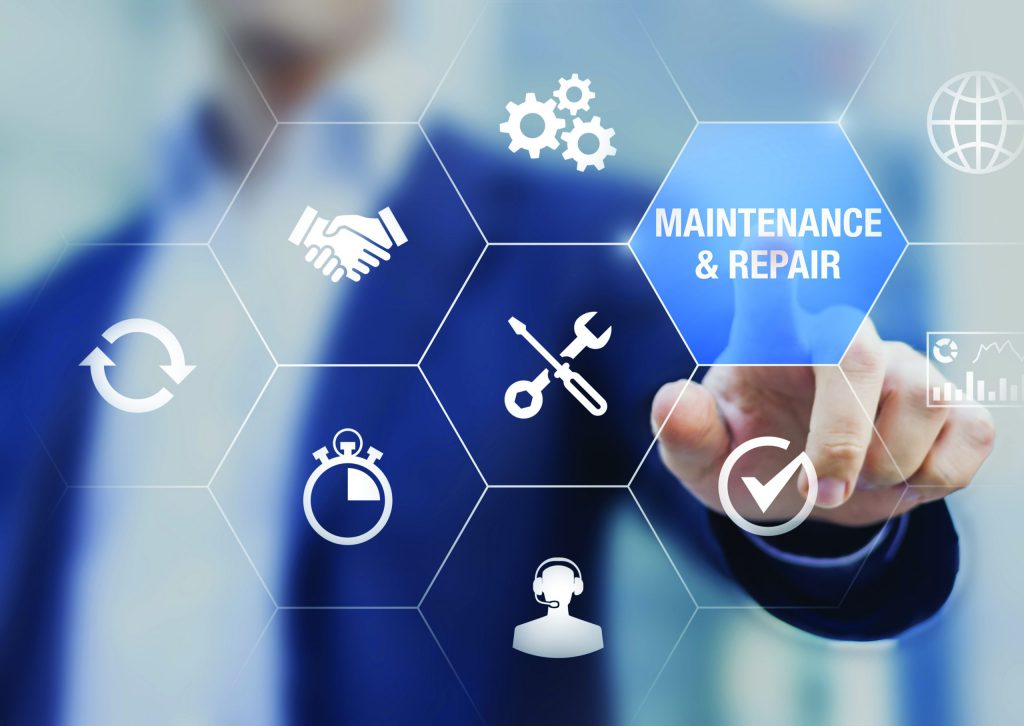
DreamzIoT’s upcoming Maintenance & Repair are crucial aspects of ensuring the longevity, efficiency, and safety of various systems, equipment, and infrastructure. Maintenance involves routine tasks and inspections aimed at preventing potential issues, such as cleaning, lubricating, and replacing worn-out parts. This proactive approach helps identify and address small problems before they escalate. On the other hand, repair focuses on fixing or restoring malfunctioning components or systems. It involves troubleshooting, diagnosing issues, and implementing corrective actions, which can range from minor adjustments to replacing faulty parts. Both maintenance and repair are essential in industries like manufacturing, automotive, and construction to optimize performance, minimize downtime, and enhance overall reliability. A well-planned and executed maintenance and repair strategy not only ensures operational continuity but also contributes to cost-effectiveness and sustainability.
Assessment and Planning:
- Evaluate the current state: Identify areas that require maintenance or repair.
- Prioritize tasks: Determine which tasks are most critical and need immediate attention.
- Create a timeline: Plan when each task will be addressed and allocate resources accordingly.
Budgeting:
- Estimate costs: Get quotes for materials and labor to create a realistic budget.
- Allocate funds: Ensure that you have the necessary budget set aside for the maintenance and repair work.
Communication:
- Notify stakeholders: Inform relevant parties (residents, employees, etc.) about the upcoming maintenance and repair schedule.
- Provide details: Communicate the nature of the work, the expected timeline, and any disruptions they might experience.
Sourcing Materials and Contractors:
- Order materials: Ensure that all required materials are ordered well in advance to avoid delays.
- Hire contractors: If external help is needed, secure contractors and schedule their services according to the plan.
Safety Measures:
- Identify potential hazards: Assess any safety risks associated with the maintenance and repair tasks.
- Implement safety measures: Ensure that proper safety protocols are in place, and provide necessary equipment and training.
Logistics:
- Coordinate schedules: Make sure that the maintenance and repair work aligns with the availability of contractors, materials, and necessary personnel.
- Arrange for storage: If equipment or materials need to be stored on-site, plan for suitable storage solutions.
Contingency Planning:
- Anticipate challenges: Identify potential issues that may arise during the maintenance and repair process.
- Develop contingency plans: Have alternative solutions in place to address unexpected problems and minimize downtime.
Documentation:
- Keep records: Document the details of maintenance and repair work, including receipts, contractor agreements, and any changes to the initial plan.
- Update manuals: If applicable, update operation manuals with any relevant changes or improvements made during the maintenance.
Post-Maintenance Evaluation:
- Assess the results: After the maintenance and repair work is completed, evaluate the outcomes and ensure that all tasks were executed as planned.
- Gather feedback: Collect feedback from stakeholders to identify areas for improvement in future maintenance projects.
By following these steps, you can ensure a more organized and efficient execution of your upcoming maintenance and repair activities.





